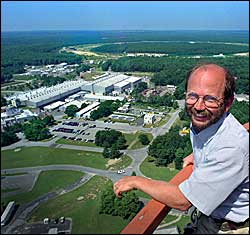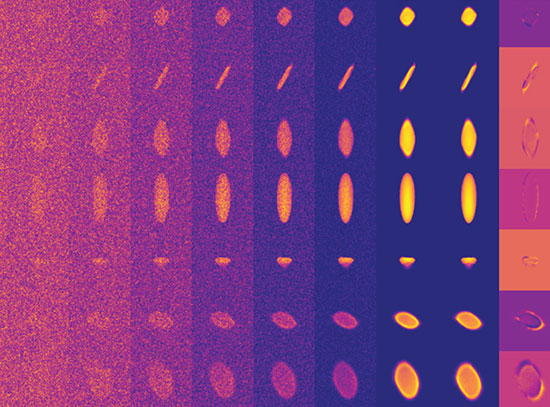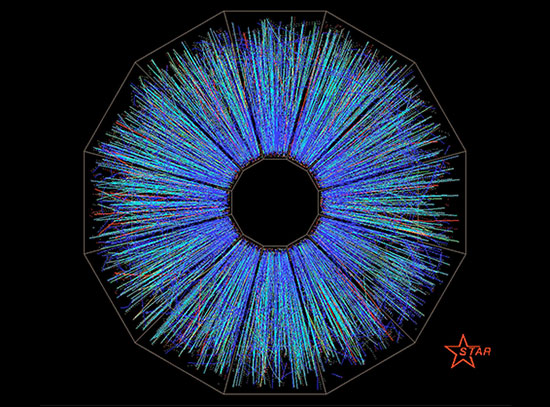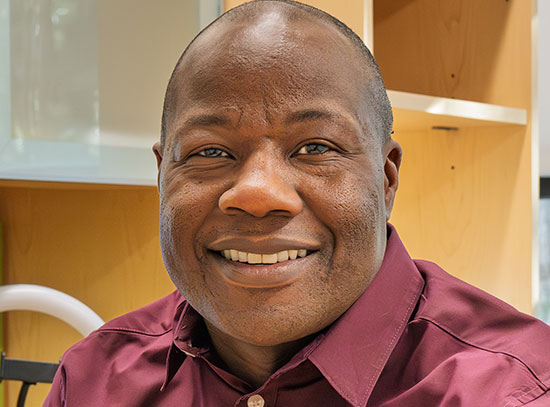Two Lectures on Brookhaven Lab's History, Oct. 31 and Dec. 12, Commemorate the Lab's 60th Anniversary
September 28, 2007
UPTON, NY - Robert P. Crease, historian for the U.S. Department of Energy's Brookhaven National Laboratory and Chair of the Philosophy Department at Stony Brook University, will give two talks on the Laboratory's history in Brookhaven Lab's Berkner Hall at 4 p.m. on October 31 and December 12. Open to the public free of charge, the talks will be held to celebrate the Laboratory's 60th anniversary. Visitors to the Laboratory age 16 and over must bring a photo ID.
The two talks by Crease are part of the Brookhaven Lecture Series, numbered 429 and 431, respectively.
Crease's October 31 talk, titled "How Big Science Came to Long Island: The Birth of Brookhaven Lab," will cover the founding of the Laboratory soon after World War II as a peacetime facility to construct and maintain basic research facilities, such as nuclear reactors and particle accelerators, that were too large for single institutions to build and operate. He will discuss the key figures involved in starting the Laboratory, including Nobel laureates I.I. Rabi and Norman Ramsey, as well as Donald Dexter Van Slyke, one of the most renowned medical researchers in American history.
Crease also will focus on the many problems that had to be overcome in creating the Laboratory and designing its first big machines, as well as the evolving relations of the Laboratory with the surrounding Long Island community and news media. Throughout his talk, Crease will tell fascinating stories about Brookhaven's scientists and their research.
Crease's December 12 talk, titled "Recombinant Science: The Birth of the Relativistic Heavy Ion Collider," will focus on the world's most powerful nuclear physics facility, known as RHIC. It was formally proposed in 1984, received funding from the Department of Energy in 1991, and started operating in 2000. In 2005, physicists at RHIC discovered a "perfect" liquid, a type of matter that has not existed since the beginning of the universe, which has led to a new frontier of scientific exploration.
After earning a B.A. from Amherst College in 1976 and a Ph.D. from Columbia University in 1987, Crease joined the faculty at Stony Brook University in 1987, and, in 1989, began working part-time as the historian for Brookhaven Lab. He has written ten books and numerous articles on the history and philosophy of science, including Making Physics: A History of Brookhaven National Laboratory, 1946-1972 (University of Chicago Press, 1999), which covers the events and people that shaped the Laboratory during its first 25 years.
Crease is currently working on a sequel, which will cover the next 25 years of Brookhaven Lab's history, and he has written several historical articles about the Laboratory for the journal Perspectives in Physics. He wrote the entry for Brookhaven Lab founder M. Stanley Livingston in the new, forthcoming edition of the noted reference encyclopedia, Dictionary of Scientific Biography. Crease also frequently mentions Brookhaven in his monthly column, called "Critical Point," in the international magazine, Physics World.
2007-10691 | INT/EXT | Newsroom










